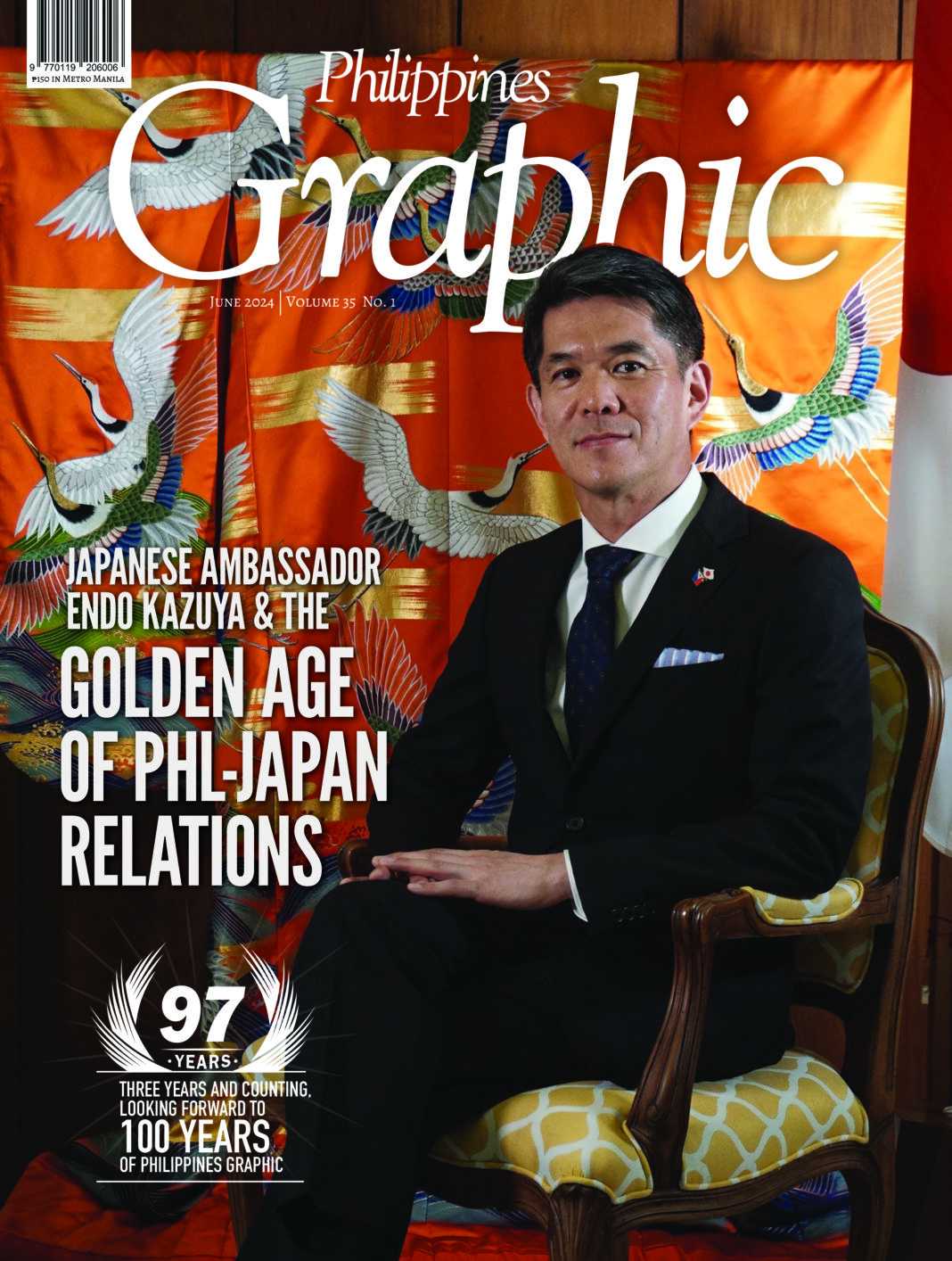ENDO KAZUYA WAS A 23-YEAR-OLD RISING JUNIOR official in Japan’s Ministry of Foreign Affairs (MOFA) when he and his fellow officers visited the Philippines in the mid-1990s.
“At that time, the Philippine economy was facing serious challenges,” he recalled in an exclusive interview with Philippines Graphic. The average economic growth rate of the Philippines back then was a dismal 2%, still reeling from the after-effects of the 1990-1991 back-to-back disasters of the Luzon earthquake and the Mt. Pinatubo volcanic eruption, all the while plagued by a massive power outage.
In November last year, after 30 years, Endo returned to the Philippines as director general of MOFA’s International Cooperation Bureau.
He came as part of the delegation that accompanied Japanese Prime Minister Kishida Fumio on the latter’s historic visit to Manila.

Endo related his first sighting of Metro Manila’s on-going infrastructure projects, a reflection of the exponential growth of the Philippine economy that the international community had been raving about.
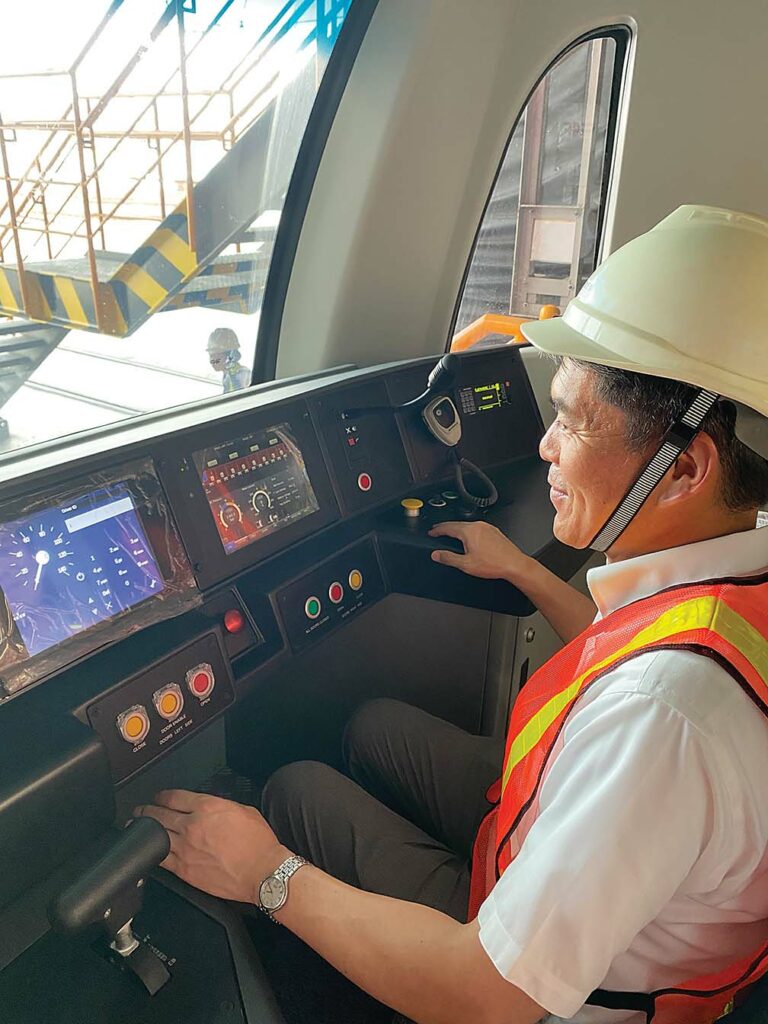
Among the infra projects they visited was the Quezon City leg of the 33.1-kilometer Metro Manila Subway project, the first mass underground transport system in the Philippines and one of the big-ticket transportation projects funded by Japan.
Endo said he felt proud that Japan has made a significant contribution to Philippine economic growth. Moreso, that he had a hand in it, being the head of the bureau that approves all the Japanese ODA projects all over the world.
Three months later, Prime Minister Kishida appointed Endo as his new alter ego to the Philippines.
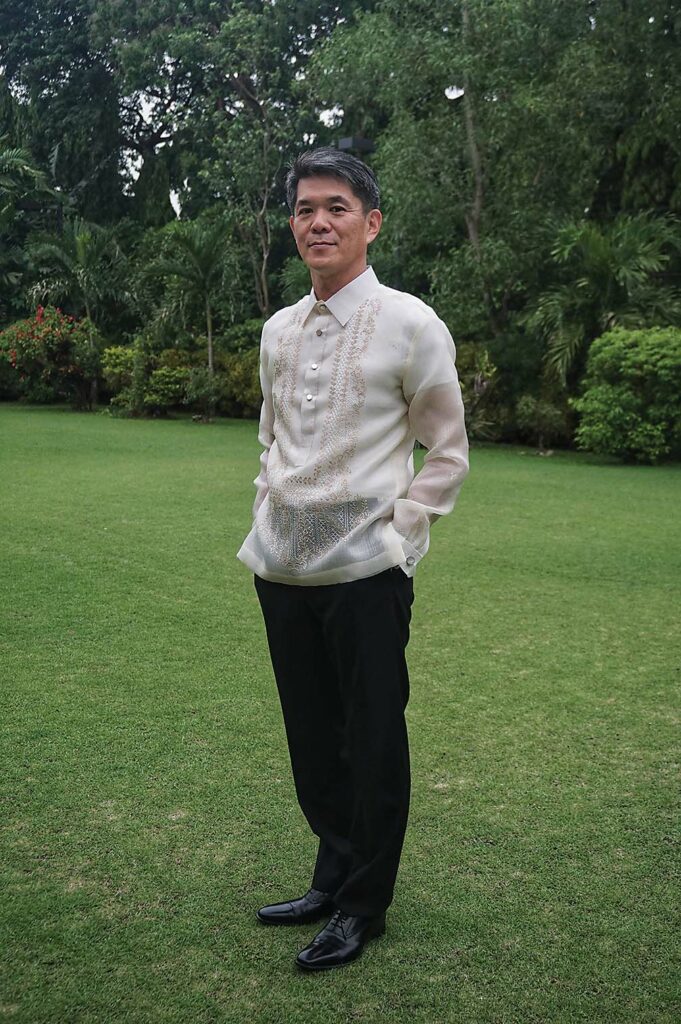
SEASONED DIPLOMAT
Endo was born in Yamanashi, the “fruit kingdom” of Japan. It is also a prefecture known for its scenic view of Japan’s highest peak Mt Fuji.
He finished his bachelor’s degree at the University of Tokyo, Faculty of Law. Pursuing his interest in neighboring China, he flew to Beijing and studied Mandarin at the Beijing Language Institute. He took further studies in China’s history at Peking University.
In 2004, Endo was posted in China as First Secretary. Three years later, he came back as Counsellor. In 2013, he returned to Beijing, again as Counsellor.
While serving in the Home Office in Tokyo, his assignments included being stationed in the China and Mongolia Division in MOFA’s Asian and Oceanian Affairs Bureau as well as its Southeast and Southwest Asian Affairs Department.
“Can I say you are a China expert?” this writer asked.
“I have spent many years dealing with Chinese, with the government, and with the Chinese community,” he answered.
“But can’t we say you are a China expert?”
“Expert? I don’t think so,” he replied laughing. “It’s hard to be qualified (as one),” he added, trying to make light of his years of academic and professional experience in China.
Aside from Nihongo and Mandarin, Endo has a good command of the English language, partly because he also took up his Master’s degree in Boston, Massachusetts at the Fletcher School of Law and Diplomacy.
His first overseas posting was London, as First Secretary and deputy director of the embassy’s information and cultural section, a job which includes a lot of dealings with the vibrant British press.
In 2011, he was assigned to Washington DC, in charge of the embassy’s political section there.
Endo was also given desk assignments at MOFA’s International Legal Affairs Bureau as well as in the Foreign Policy Bureau of MOFA’s Disarmament, Non-Proliferation and Science Department.
INTERNATIONAL COOPERATION
Come 2022, he was appointed the Director-General of MOFA’s International Cooperation Bureau.
“As Director General, my responsibility included overseeing policy formulation and implementation of the Official Development Assistance (ODA), managing foreign policy on global issues and development cooperation with international organizations, and budget allocation and supervision of the Japanese International Cooperation Agency (JICA), and handling all matters related to humanitarian assistance, such as dispatch of all disaster relief teams and assistance to NGOs,” Endo said.
Given the broad range of mandates, Endo worked with nearly all developing countries in the world, especially since donor coordination is always very crucial in the management of ODAs.
“Last year, Japan was the President for G7. I dedicated significant time and energy to working with other like-minded partners, such as the members of G7 and other UN agencies, coordinating the policy on Partnership for Global Infrastructure Investment (PGII). I worked with nearly all the countries in that sense, but I was not that familiar with specific individual projects at that time,” he elaborated.
Japan is the second largest aid donor in the world and Endo’s tenure came at the height of multiple world conflicts and crises. Humanitarian assistance was urgently needed to address the Ukraine-Russia war, the Israel-Hamas conflict, and the civil war in Sudan.
“Our major contribution regarding the challenges of the war between Russia and the Ukraine was through our official development assistance and other economic corporations to Ukraine, so that Ukraine can recover. Also, so that Ukraine can maintain their livelihood or their lives in that country. We also provided some generators to Ukraine,” he said.
Endo added: “In many countries, for example in Sudan, a coup d’état took place. Many of our colleagues in the embassy and JICA, had to evacuate that country. That’s also part of our job.”
PHL-JAPAN GOLDEN AGE
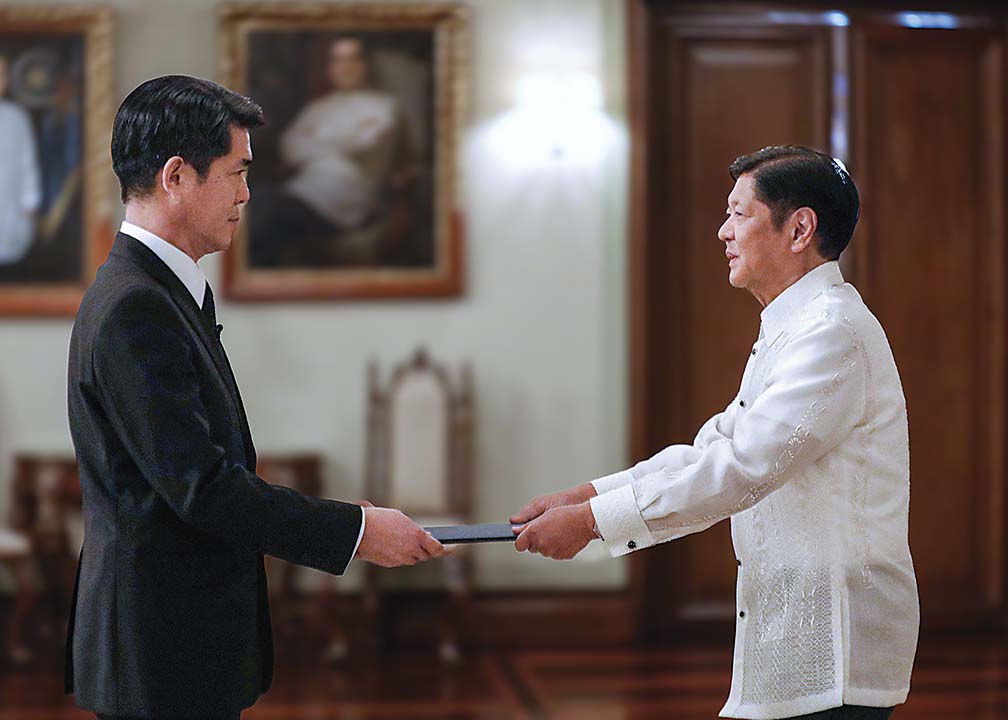
The Philippines is Endo’s first assignment as Ambassador Extraordinary and Plenipotentiary.
His entry to Manila came only a few months after Philippine Congress feted the Japanese premier in a special joint session. In his speech, Japanese Prime Minister Kishida declared that relations between Manila and Tokyo have reached their “golden age.”
Under his watch, Endo will be overseeing an extraordinary friendship between two countries that once engaged in battle during the Second World War but moved on to become enduring allies and fast friends among the nations of the world.
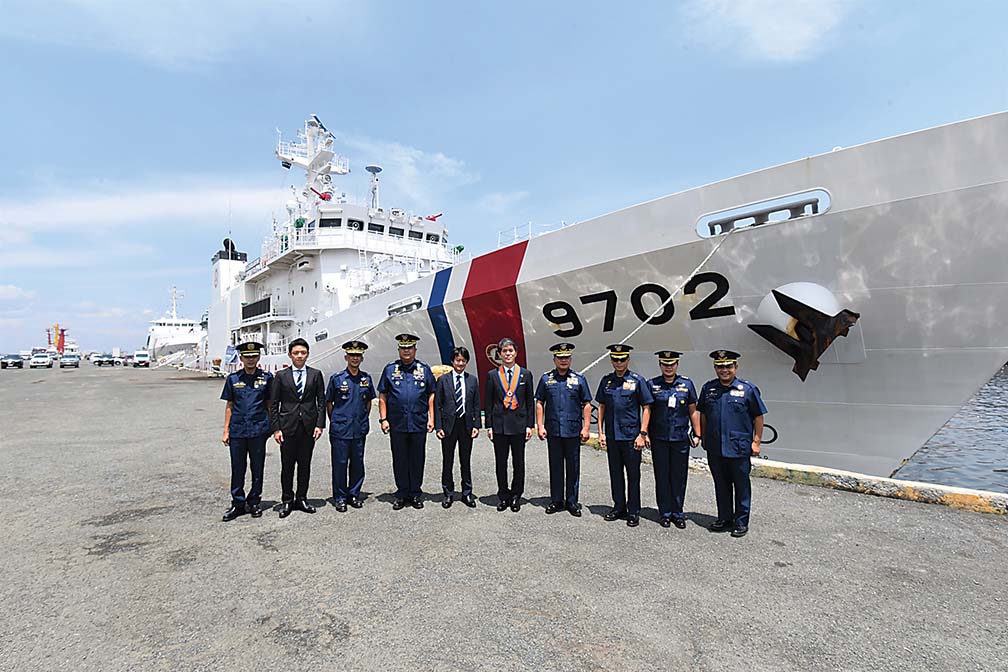
It has been 68 years since the Philippines and Japan normalized diplomatic relations in 1956, shortly after the signing of the San Francisco Peace Treaty and the Japan-Philippines Reparations Agreement.
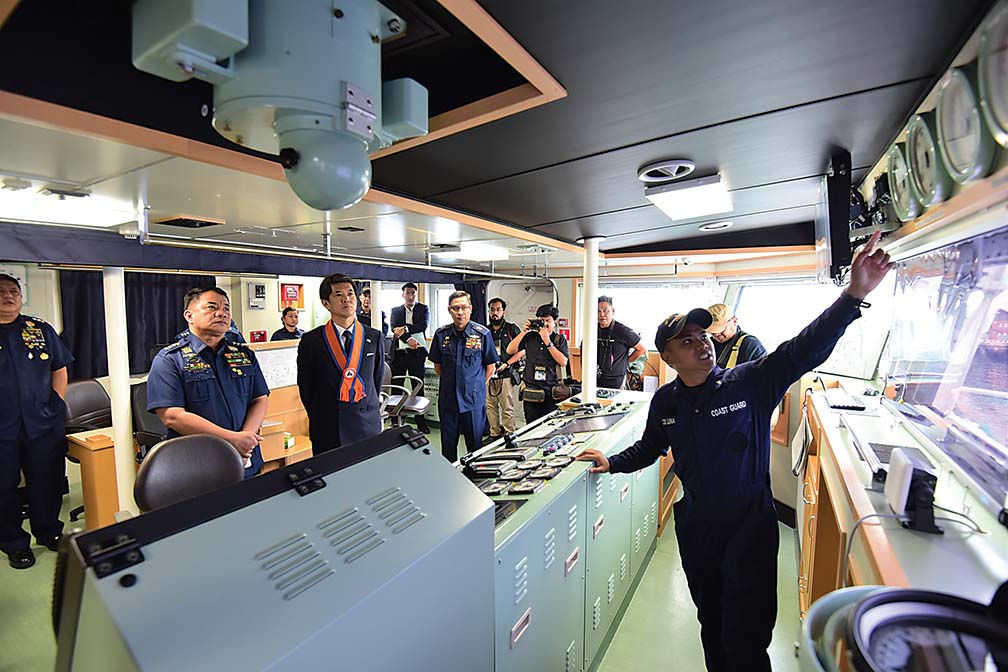
Today, the Japan-Philippines partnership is ubiquitous in every aspect of Philippine development—politics, economics, defense, tourism, culture, labor, science, and space technology.
During his first three months as Ambassador, the 57-year-old career diplomat conducted courtesy calls with almost all members of the Marcos Jr. Cabinet, as well as with his diplomatic counterparts.

At the same time, the first US-Japan-PHL trilateral Summit in Washington DC between Prime Minister Kishida’s party, President Marcos, and United States President Joseph Biden also took place within his first few months.
“Regarding the trilateral summit meeting held in April of this year, it was the first of its kind in history. It is of great significance that the leaders agreed to promote cooperation in various fields, such as defense, economy, and people-to-people exchanges. In that joint statement, the leaders of the three countries have agreed on many items. I think it is a very important responsibility for those of us posted in Manila to follow up and materialize (the statement) into more concrete cooperation,” Endo explained.
Shortly after the summit, Defense ministers of the US, Australia, Japan and the Philippines formed a mini-lateral security alliance—what the US media calls “SQUAD” or “QUAD with an S.” The Japanese Navy participated for the first time in the joint multilateral maritime activity in the West Philippine Sea.
“Depending on the necessity and appropriateness, we can utilize those joint exercises as one of the efforts to make contributions for the stability of the region,” Endo explained.

He further observed: “I think we’ve reached the point in our relationship to call it the Golden Age. There are various elements to describe the golden age, including deeper cooperation in the fields of security and defense, which I already touched upon very briefly. In addition to the elements that I mentioned, cooperation, through the newly established Official Security Assistance (OSA), has also progressed,” Endo expressed.
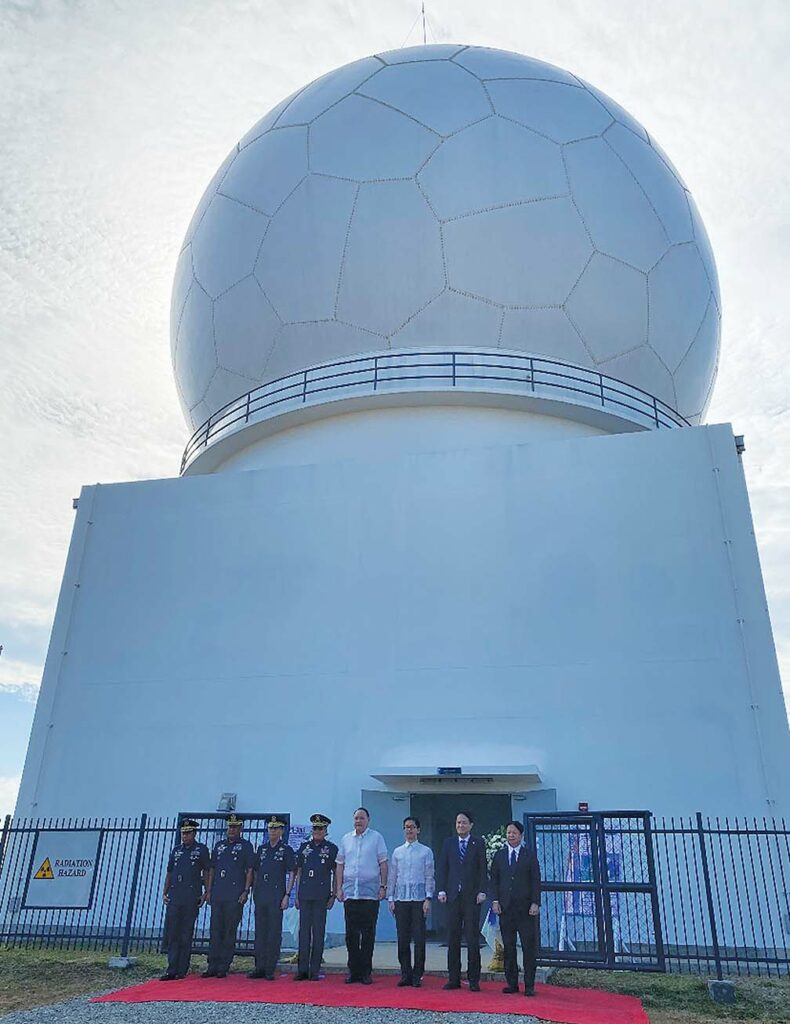
He bared that the negotiation on the Reciprocal Access Agreement (RAA) is in the final stage, and that Japan has been supporting the capacity development of the Philippine Coast Guard for many years. “I also signed a document for our additional support through our soft loans, an ODA for the procurement of additional five multi-role patrol vessels.”

Endo also noted that in recent years, foreign investment restrictions have been relaxed in various sectors, and that Japanese companies are finding even more opportunities and showing increasing interest in the Philippines.
“The number of UNIQLO and DAISO stores in the Philippines is the largest in Southeast Asia. Nitori, a furniture and interior design company, opened its first store in Manila. Japanese investors see the Philippine market as very promising, growing rapidly, and I expect that the investment in the Philippines will continue to grow,” he said.
In the field of tourism Endo said that whenever he made a courtesy call to any Cabinet Secretary, there’s always somebody who says, ‘I’ve visited Japan just last month or last week.’
He further mentioned that a memorandum of cooperation was signed between Japan and PHL tourism authorities last year, strengthening ties between the two countries through tourism promotion.
“These are just some examples of our strengthened relations between the two countries. I think it’s quite sufficient to say that we are in the golden age,” Endo concluded.
#KUYAKAZUYA GOING BANANAS (MANGOES AND RAMBUTANS, TOO)
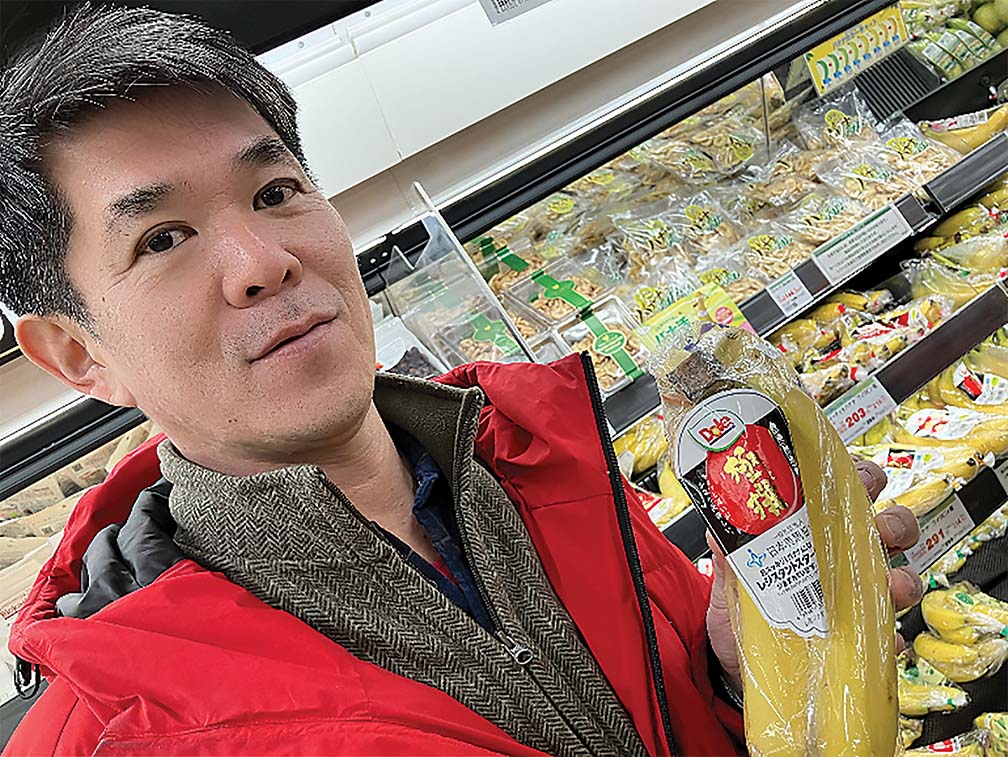
A few days before flying to the Philippines, Japanese Ambassador to the Philippines Endo Kazuya stumbled upon a bunch of bananas in a supermarket. The bananas were the famous sweet cavendish variety from Davao.
“Tropical surprise!” Endo tweeted, holding two bananas while sporting double layered jackets. This was in early March 2024, indicating that Tokyo is still transitioning from winter to cool spring.
“It’s like they sent an advance party to treat me to these tasty goodies. Ready to peel away barriers and dive into fruitful collaboration! #KuyaKazuya”
PERFECT MESSAGING TOOL
Kuya is the Filipino’s respectful form of address for older brothers. With Kazuya as his first name, it seems the slogan #KuyaKazuya is the perfect messaging tool for Filipino audiences who have a penchant for alliterations especially with words or names that are hard to remember.
It also helped many who are confused with referring to his name. Is it Ambassador Endo or Ambassador Kazuya?
“Japan traditionally places their family names on the first name, then followed by first name,” he explained.
The confusion caught up in one newspaper article.
“One newspaper reported ‘Japanese Ambassador Endo Kazuya with wife, Mrs. Kazuya,’” he shared. Thus, the Japanese Embassy felt the need to issue a separate advisory to all news outlets that the new ambassador’s surname is actually Endo.
The hashtag ‘KuyaKazuya’ seems like a perfectly clever attempt to reach out to younger millennials and GenZ demographics, which now comprise almost half of the Philippine population.
Defying the traditional protocol of presenting the ambassador credentials to the Philippine President first, the Japanese Embassy in Manila surprisingly—in GenZ fashion, “soft launched” Endo to the Philippine public.
#KuyaKayuza continues to be a rave on the internet sphere as he dabbles on his diplomatic duties by promoting bilateral cultural relations. He promoted the rerun of Voltes V legacy in GMA Network, the victory of Filipino-Japanese actress Yana Sonoda as Miss Supranational Japan 2024, and the sold-out concert of Japanese rock band, RADWIMPS.
KUYA’S MANGO SUPREME

Still, the social media posts with #KuyaKazuya that generated the most engagement seems to revolve around food. A week after his arrival in Manila, he peeled the famous sweet Philippine mangoes and mangosteen.
“You must not miss these in the Philippines. Mango and mangosteen. Wow, they truly live up to their Magaling reputation. Excited to savor many more flavors of the Philippines,” he tweeted.
Then in his second month, during the hot, humid May weather, Kuya Kazuya noticed the large mango tree that provided beauty, air and shade in front of his residence in Makati City.
“We have a mango tree over there and at the entrance. I tried the ‘sungkit’ to harvest some of those green mangoes,” he said.
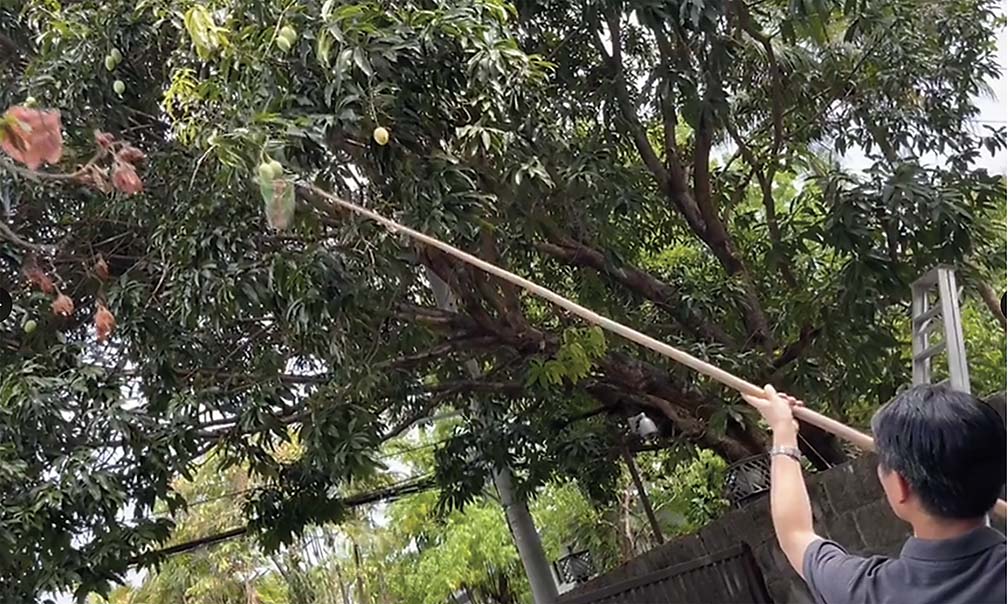
Using a “sungkit” (long and narrow wooden pole with a net at the head) Ambassador Endo Kazuya tries his hand at harvesting the fruits hanging by the mango tree at the entrance of his residence in Makati City
Spent a weekend morning mastering the art of ‘sungkit.’ With tangy green mangoes now in season, gotta pull them in the Filipino way,” he wrote in X.
Holding his freshly harvested mangoes from his backyard, he smiled with gusto, “Masarap ang mangga ng Philippines. (The Philippine mangoes are delicious.)”
It did not take long for Ambassador Endo to learn the art of mango picking to promote Philippine mangoes.
Here’s wishing that his tenure as Japan’s top envoy to Manila will be as fruitful.


